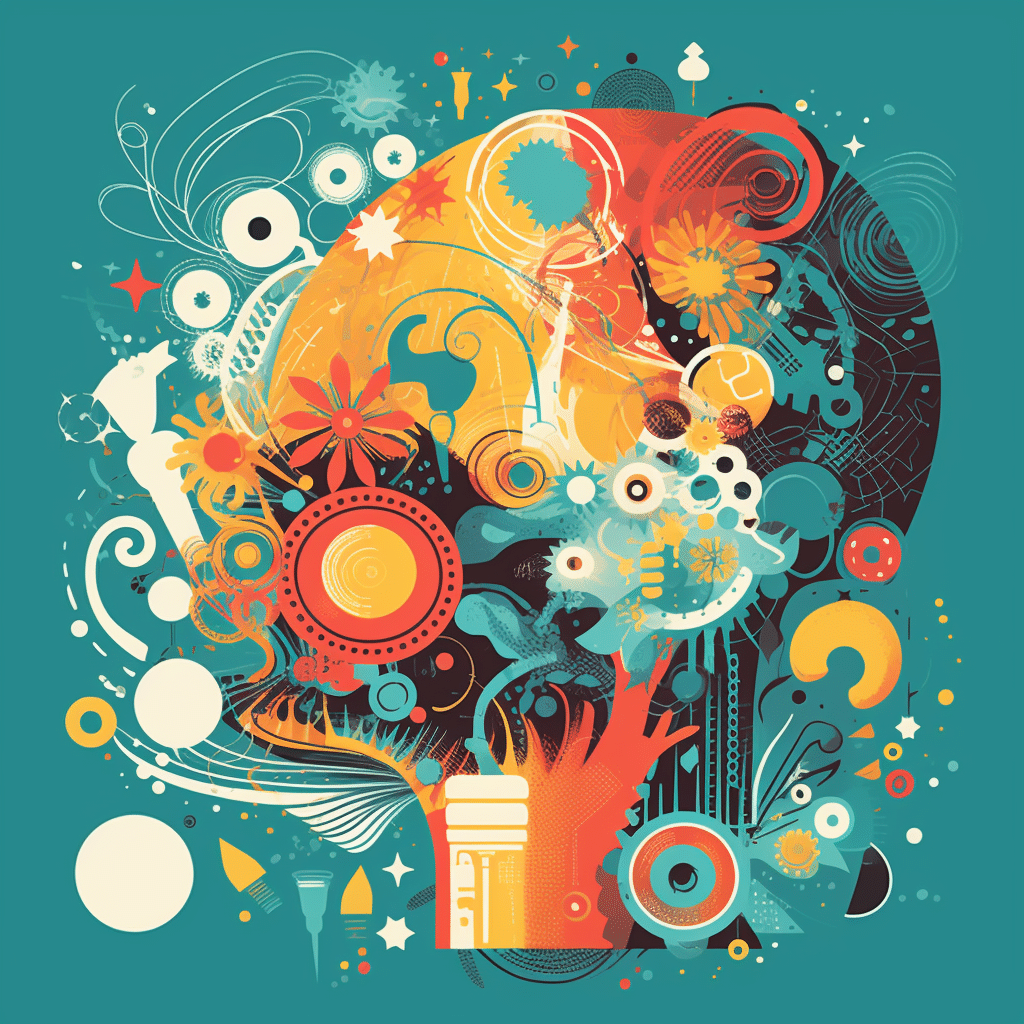In a world that increasingly values innovation and originality, creative thinking has emerged as an essential skill for individuals and organizations. It is the art and science of looking at problems or situations from a fresh perspective, enabling us to devise novel solutions or generate groundbreaking ideas. This article delves into the fascinating intricacies of creative thinking and provides insights into fostering it in our lives.

The Multifaceted Nature of Creativity: Creativity is a complex, diverse construct encompassing a myriad of cognitive processes, emotional states, and personal attributes. It is a delicate interplay of imagination, curiosity, and perseverance, and you may not reduce it to a single, monolithic trait. Instead, we need to acknowledge and appreciate this nuance to understand and cultivate creative thinking truly.
The Role of Divergent and Convergent Thinking: The creative process involves two distinct yet complementary cognitive modes: divergent and convergent thinking. Divergent thinking is about generating many ideas and fostering a sense of exploration and open-mindedness. Convergent thinking, on the other hand, focuses on evaluating, refining, and synthesizing these ideas to arrive at an optimal solution. Striking the right balance between these two modes of thought is crucial for nurturing creativity.
The Importance of Embracing Failure: In creative thinking, failure is not an obstacle but an indispensable learning opportunity. We refine our ideas through trial and error, iteration, and adaptation and unearth their true potential. By embracing failure and cultivating a growth mindset, we can unleash our creative prowess and foster a culture of innovation.
The Neuroscience of Creativity: Recent advances in neuroscience have shed much-needed light on the neural underpinnings of creative thinking. Studies suggest that the creative process involves the activation and interplay of multiple brain regions, transcending the traditional boundaries of the left and right hemispheres. This emerging understanding of the neurobiology of creativity has profound implications for educational and organizational practices.
Techniques to Enhance Creative Thinking: There are numerous techniques and strategies to bolster creative thinking, including brainstorming, mind mapping, and lateral thinking exercises. Meditation, journaling, engaging in creative pursuits, painting, or playing a musical instrument can help sharpen our creative faculties and enrich our cognitive landscape.
The Role of Environment and Collaboration: The environment in which we operate plays a significant role in nurturing or stifling creative thinking. A supportive, stimulating milieu that encourages experimentation, collaboration, and risk-taking can be instrumental in fostering creativity. Partnership, in particular, can generate diverse perspectives, enhancing the creative process and leading to more innovative outcomes.
Creativity in Education and the Workplace: As imagination gains prominence in the 21st-century skills landscape, there is an increasing emphasis on integrating it into educational and workplace settings. Curricula need an overhaul to foster creative problem-solving, critical thinking, and collaboration. Similarly, organizations need to adopt management practices that encourage innovation, autonomy, and a culture of learning.
Creative thinking is an invaluable skill in today’s rapidly evolving world, and understanding its intricacies can help us harness its power. By cultivating a growth mindset, embracing failure, and adopting strategies to enhance our creative faculties, we can unlock our true potential and contribute to a more innovative and prosperous future.





